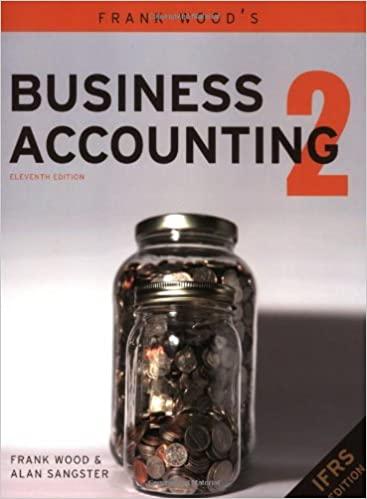Answered step by step
Verified Expert Solution
Question
1 Approved Answer
Mark Cuban , a recent MBA graduate, has just landed his dream job as the Finance Manager at Fit For You, a rapidly growing fitness
Mark Cuban a recent MBA graduate, has just landed his dream job as the Finance Manager at "Fit For You," a rapidly growing fitness franchise specializing in personalized workout plans and group fitness classes. With multiple locations and ambitious expansion plans, Mark Cuban needs to implement a budgeting system that allows for flexibility in a dynamic environment. A static budget won't capture the impact of factors like fluctuating membership numbers, seasonal class variations, and potential new location openings. This is where a flexible budget comes in
The Challenge:
Fit For You currently relies on a static budget that forecasts expenses based on historical data and assumed growth rates. However, this approach doesn't account for potential changes in factors like:
Membership Fluctuations: Membership numbers can fluctuate based on seasonal trends, marketing campaigns, and competitor activity.
Class Mix: The popularity of different fitness classes can vary, impacting staffing requirements and equipment needs.
Expansion Costs: The planned opening of new locations will incur additional expenses for rent, staff, and marketing.
These factors make it difficult for Fit For You to accurately forecast costs and assess performance. Mark Cuban needs a budgeting system that provides more adaptability and helps management make informed decisions about resource allocation and pricing strategies.
Implementing a Flexible Budget
Mark Cuban proposes a flexible budget that adjusts based on key activity levels, primarily membership numbers. Hise's the approach:
Step : Identify Cost Behavior:
The first step involves categorizing Fit For You's expenses as fixed or variable.
Fixed Costs: Rent, salaries for management and core staff, insurance, utilities base level
Variable Costs: Instructor salaries linked to class attendance cleaning supplies based on gym usage marketing expenses tied to membership acquisition efforts some utilities consumptionbased
Step : Define Activity Levels:
Membership numbers will be the primary activity level for the flexible budget. Mark Cuban establishes three membership levels Low Medium, and High based on historical data and growth projections. This reflects the expected range of member enrollment.
Step : Develop Cost Functions:
For each variable expense category, Mark Cuban develops a formula or function that relates the cost to the activity level membership numbers For example, instructor salaries can be calculated as a function of total class attendance, which in turn relates to membership numbers.
Required: Question marks
Prepare the Flexible Budget:
The flexible budget will be a table with three sections Low Medium, High representing the three membership levels. Each section will list fixed costs and variable costs calculated based on the corresponding membership level. The total cost for each section will be the sum of fixed and variable costs at that activity level with your imaginary items and values which are suitable to the scenario.
Step by Step Solution
There are 3 Steps involved in it
Step: 1

Get Instant Access to Expert-Tailored Solutions
See step-by-step solutions with expert insights and AI powered tools for academic success
Step: 2

Step: 3

Ace Your Homework with AI
Get the answers you need in no time with our AI-driven, step-by-step assistance
Get Started


